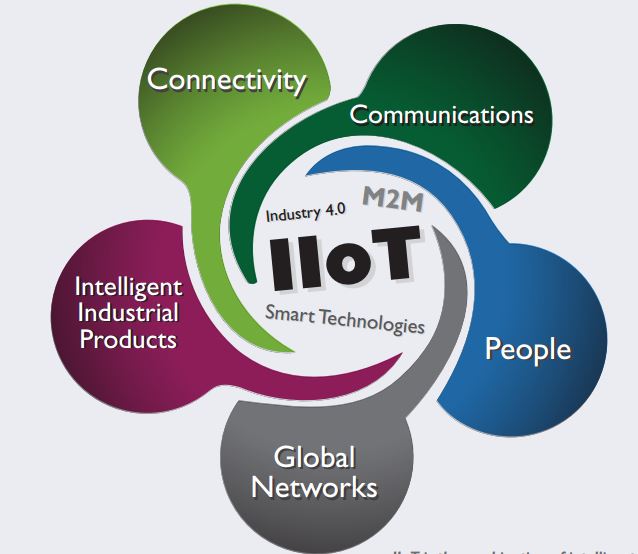If 2015 has been the year of the Internet of Things (IoT), 2016 will see its widespread industrial adoption creating the Industrial Internet of Things (IIoT). While consumers are being dazzled by connected devices to manage their lives, the companies that build these devices are starting to use the same technologies to reinvent themselves. Manufacturing industries are quietly undergoing levels of change not seen since the Industrial Revolution.
But just how big will this really be? With estimates on IoT spending worldwide suggesting it will reach $15 trillion of global GDP by 2030, many have not realized that the IIoT is quietly accelerating at an even faster rate. One simple illustration can be seen in the number of sensors shipped globally in the last three years. It has increased more than five-fold from 4.2 billion units in 2012 to 23.6 billion units in 2014.
A key area that is starting to accelerate the change, particularly for automotive and industrial equipment (IE) manufacturers, is a maturity in the adoption of embedded software, which drives the connectivity of devices and sensors. In turn this provides the intelligence and actionable insight that characterizes the IIoT. As companies’ adoption of embedded software increases, they are going to see new benefits, starting with operational efficiency from the connected and intelligent applications of machines, products and people. That can increase productivity by up to 30 percent.
In addition, embedded software provides the foundation for innovation and faster time to market. In 2016, more companies will use it to build new business models by providing service add-ons, and bundling information services as subscription services that will contribute to R&D.
In 2016, we will also see the growth in what we call the ‘Outcome Economy’, built on the automated quantification capabilities of the IIoT. The shift is from selling products to selling measurable outcomes and this will redefine industry structures. For the more advanced manufacturers, this will enable companies to interact with a real-time supply chain and minimize talent shortages. This wave of embedded software adoption will also help fuel a second big IIoT-driven trend. With sensors and connectivity further increasing the availability of data, industrial and automotive players will adopt the next wave of analytics to create the agile and responsive business models to drive innovation and competitive advantage. It is all about the actionable insights.
As for the Analytics solutions, they are also becoming significantly more sophisticated. Yesterday’s descriptive analytics were historical, helping to quantify and confirm what has already occurred. Today’s more advanced, predictive analytics help companies understand what will happen in the future. In 2016, seeing trends as they develop will allow manufacturers to seize new opportunities as they occur, or even to get ahead of them. It also helps keep customers happy — and saves money.
As the excitement continues to build among consumers around the IoT, industrial companies are quietly reinventing and reorganizing themselves. Those that fail to realize the impact and extent of the Industrial Internet of Things do so at their peril.
Need help getting started with Azure or AWS IIoT Suite?
Talk to our IIoT Specialists Here. For more details and information, write to us at info@sysfore.com or call us on +91-984-569-8669.


